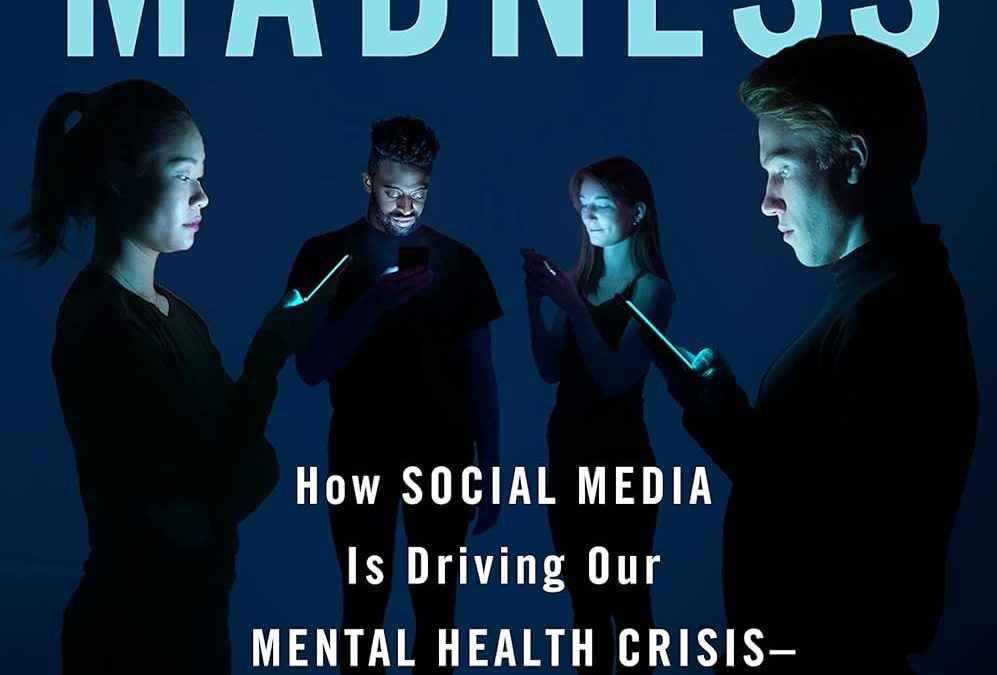Digital Madness by Nicholas Kardaras presents a forceful and clinical argument that our hyper-connected digital environment is a primary driver of the modern mental health crisis. The book’s central thesis is that social media and constant screen use are not merely bad habits but are actively harmful to our psychological and neurological well-being, fostering conditions of anxiety, depression, and a loss of touch with the real world.
The book is structured in two clear parts. The first half, which Kardaras terms the “Diagnosis,” meticulously lays out the problem. He draws a direct line from the design principles of social media platforms—their use of variable rewards, likes, and notifications—to addictive behaviors and deteriorating mental health. The author supports this with references to neurological studies, arguing that excessive screen time can impact the brain’s dopamine reward system in ways similar to gambling or substance addiction.
A significant portion of the book is dedicated to exploring the specific impact on younger generations, whom Kardaras describes as the most anxious and depressed on record. He links the rise in rates of self-harm, suicidal ideation, and body dysmorphia directly to the curated perfection and social comparison culture endemic to platforms like Instagram and TikTok. The term “digital madness” itself is used to describe a state of increased agitation, narcissism, and social anxiety that he attributes to chronic digital overstimulation.
The second half of the book, the “Prescription,” moves from identifying the problem to proposing solutions. Kardaras is unequivocal in his primary recommendation: a digital detox. He advocates for periods of significant reduction or complete abstinence from social media and non-essential screen use to allow the brain to reset. Beyond this, he prescribes a return to “real-world” activities as the cornerstone of restoring sanity. This includes:
- Embracing Analog Activities: Engaging in hands-on, tactile hobbies like reading physical books, working with tools, or creating art.
- Reconnecting with Nature: Spending time outdoors (a practice he often refers to as “Ecotherapy”) to counter the artificiality of the digital realm.
- Cultivating Real-World Community: Prioritizing face-to-face interaction and in-person relationships over digital connections.
Throughout the book, Kardaras positions the digital world and the real world in stark opposition. He argues that the frictionless, curated, and often outraged-based environment of social media is antithetical to the messy, nuanced, and slow-paced reality of human life, and that our sanity depends on choosing the latter. The tone is urgent and persuasive, aiming to convince the reader of the severe dangers of digital saturation and to provide a clear, if challenging, path toward recovery.
